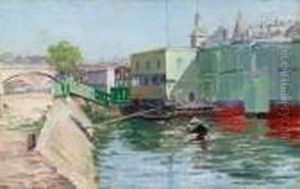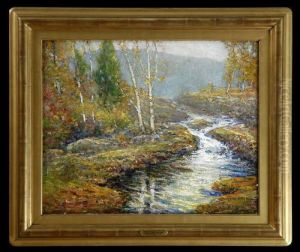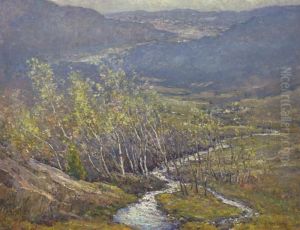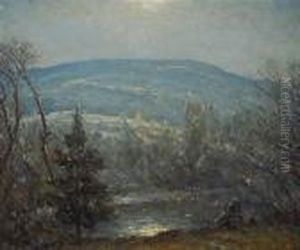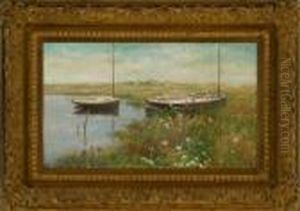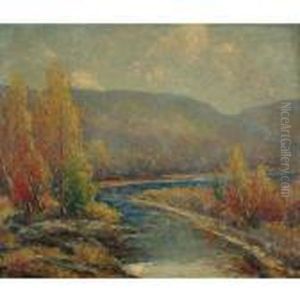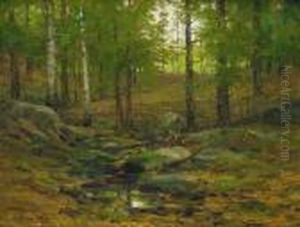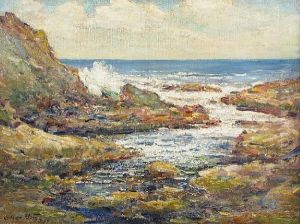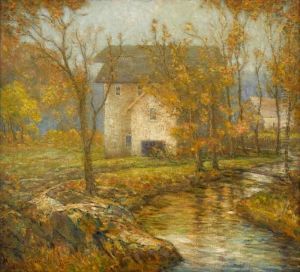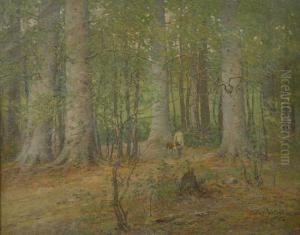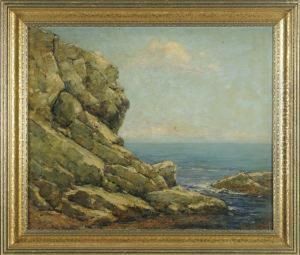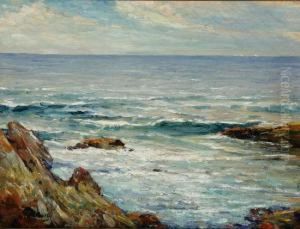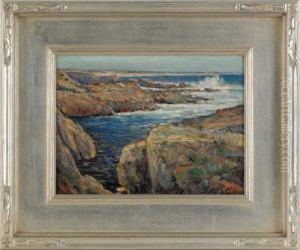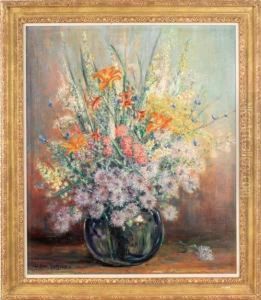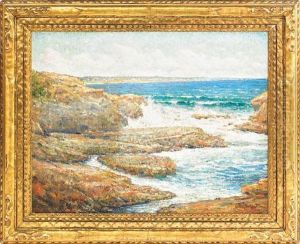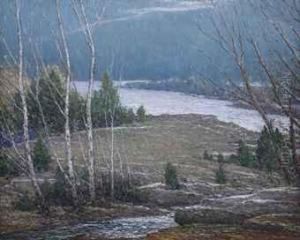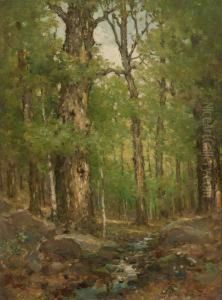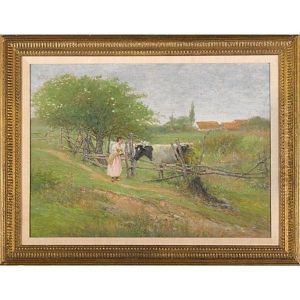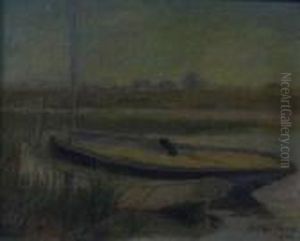Cullen Yates Paintings
Cullen Yates was an American artist known for his impressionist landscape paintings. Born on October 12, 1866, in Piqua, Ohio, Yates spent the majority of his life dedicated to capturing the beauty of the natural world through his art. He developed an interest in painting at a young age, and this passion would eventually take him to New York City, where he furthered his artistic education.
In New York, Yates attended the Art Students League and honed his skills under the guidance of noted artists such as H. Siddons Mowbray and William Merritt Chase, the latter being a prominent figure in American Impressionism. Yates' style was greatly influenced by the impressionist movement, which emphasized light, color, and the artist's immediate experience of the subject.
Yates' career was marked by his love for the natural landscapes of America, which he showcased in his vibrant and often en plein air paintings. He was particularly drawn to the picturesque qualities of the Hudson River Valley and the Adirondacks, where he would often travel to find inspiration for his work. His paintings were characterized by their lush brushwork and their ability to evoke the atmospheric conditions of the scenes he depicted.
Throughout his career, Yates was active in the art community and was a member of several art organizations, including the National Academy of Design, where he became an associate member in 1909 and a full academician in 1913. He also maintained membership with the American Watercolor Society and the Salmagundi Club, a New York City center for American art.
Cullen Yates' paintings were exhibited widely during his lifetime in prestigious venues such as the National Academy of Design, the Pennsylvania Academy of the Fine Arts, and the Art Institute of Chicago. His work received numerous accolades, solidifying his reputation as a distinguished landscape painter.
Yates continued to paint and exhibit his work until his death in 1945. Today, his paintings can be found in the collections of several museums and are admired for their contribution to American Impressionism. His legacy is that of an artist who dedicated his life to capturing the transient beauty of landscapes, influencing future generations of American landscape painters.
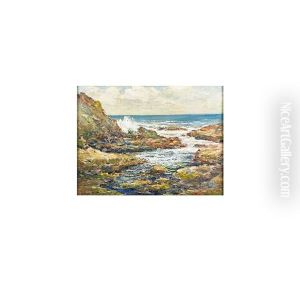
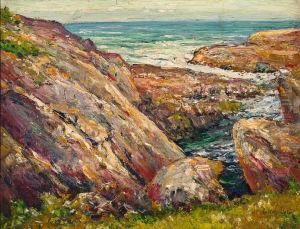
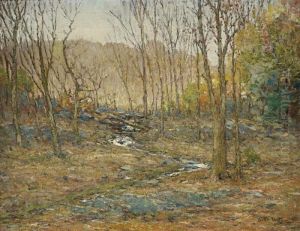
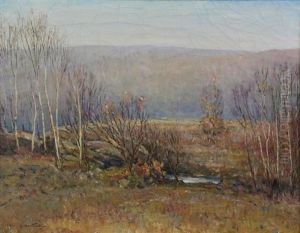
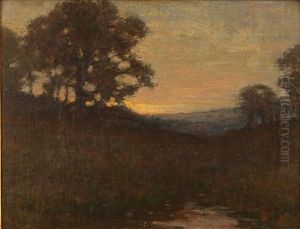
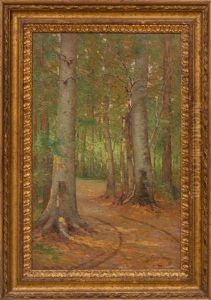
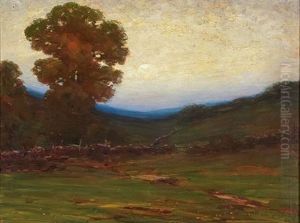
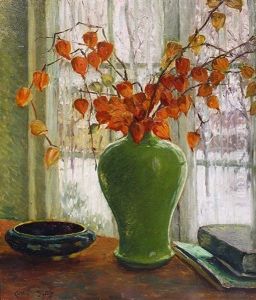
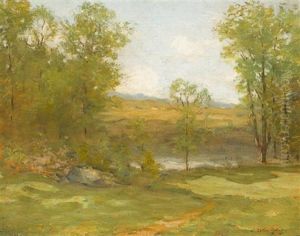
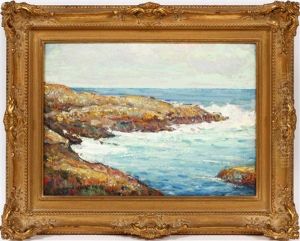
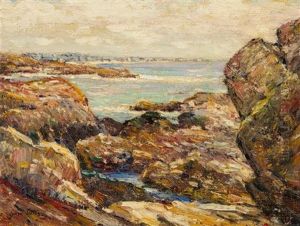
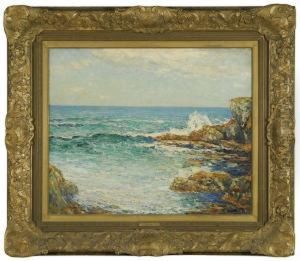
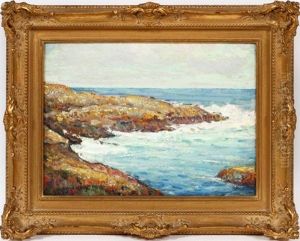
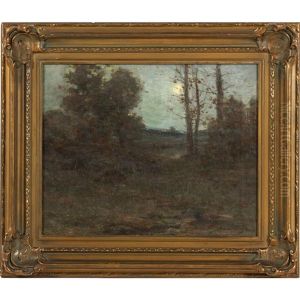
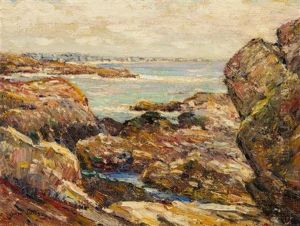
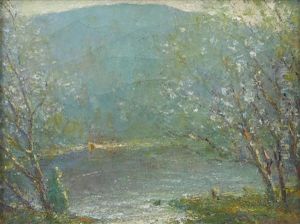
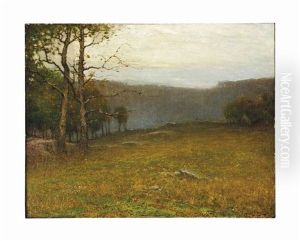
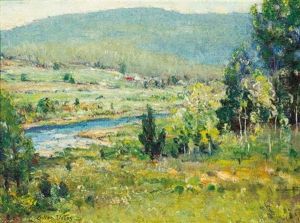
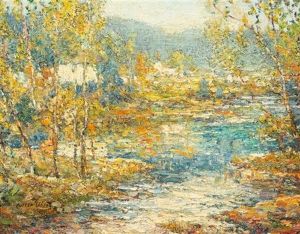
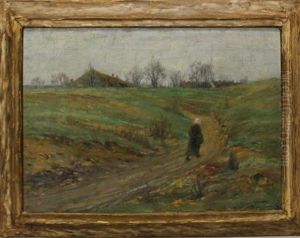
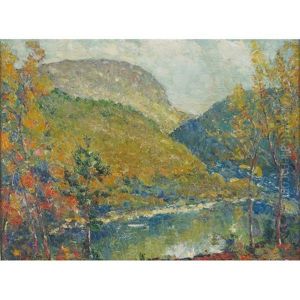
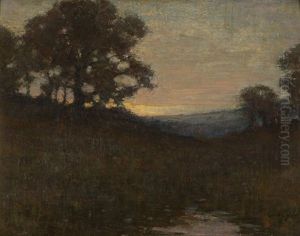
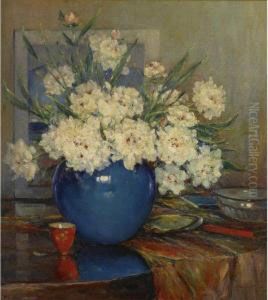
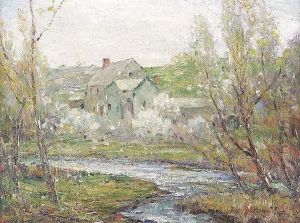
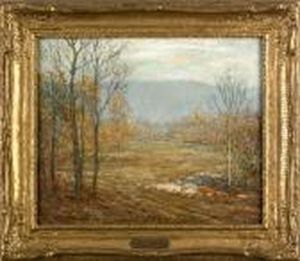
![Autumn, Shawnee-on-del[aware], Pa. (buttermilk Falls)](https://www.niceartgallery.com/imgs/1706172/s/cullen-yates-autumn-shawneeondelaware-pa-buttermilk-falls-f6fa9c5f.jpg)
